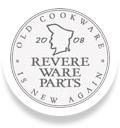One of the latest fads in cookware cleaning seems to be the carborundum nano sponge. There are tons of YouTube videos that purport miracles they can perform, and a wealth of different vendors selling them on Amazon.com. They claim to be able to perform cleaning miracles.
Here is a typical before and after photo.
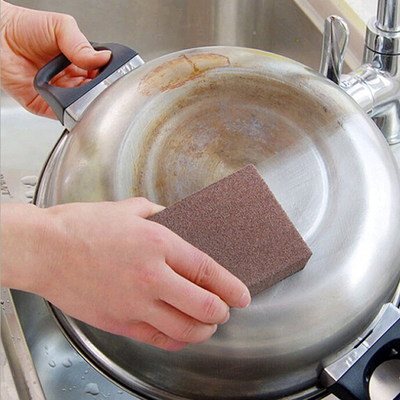
Always being one to find a better way to clean my Revere Ware, I thought I’d give it a try.
So what is it? Well carborundum (that’s a mouthful) is another name for silicon carbide, the second hardest substance known to man. a carborundum nano sponge is just a sponge with a layer of carborundum along the outside. Carpenters will notice these look and feel suspiciously like similar spongy sanding blocks they use.
The sponges do in fact feel just like a spongy block with some sandpaper on the outside. From looking at them, I suspected they were going to function just like any other abrasive scrubber, and that is pretty much my take-away; they are just another abrasive scrubber.
Can they perform miracles? Soundly, no. The ability to remove gunk comes at a price, namely, you will scratch your cookware, as you might expect. And they with the amount of elbow grease required, the results can hardly be called a miracle.
Here is an aluminum baking sheet before, and after a few minutes of scrubbing in the center.
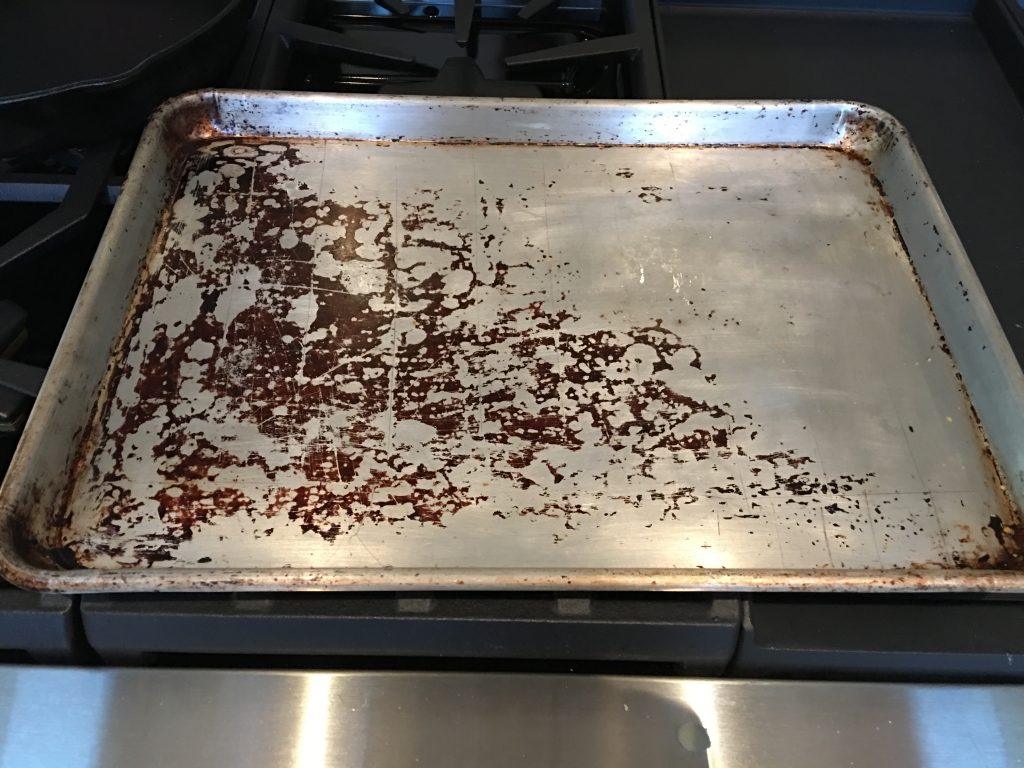
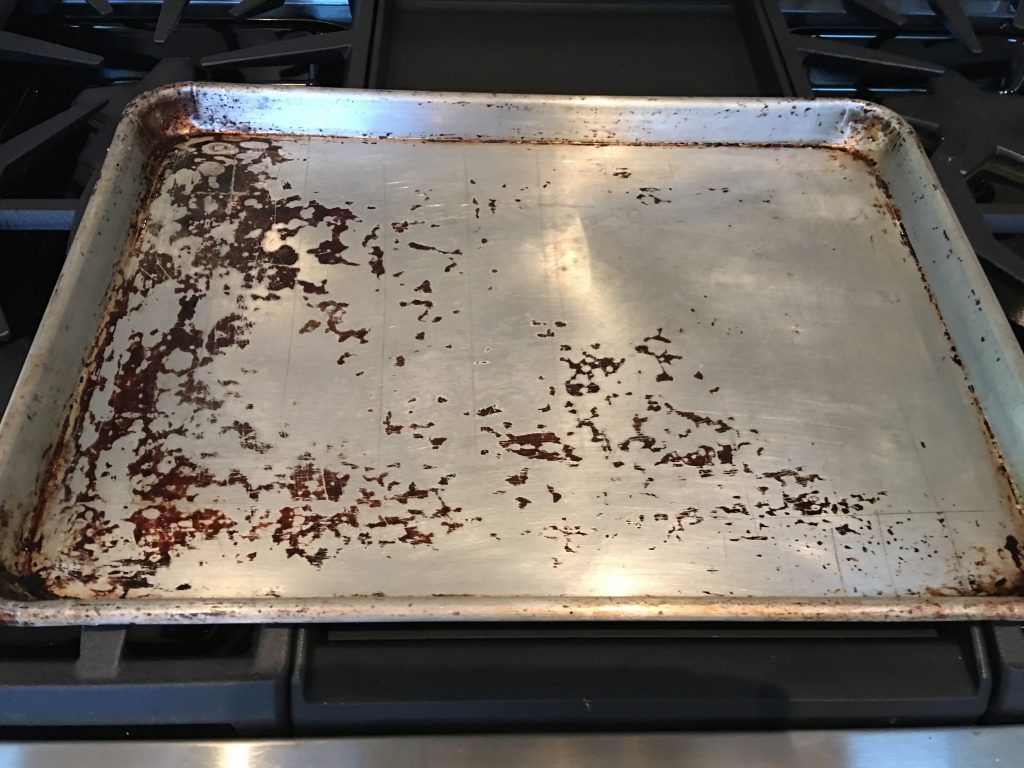
Better, yes. Significantly so, no. And the swirl marks from the abrasive nature of the scrubber are clearly visible in the aluminum.
So what about some really caked on great on the bottom of a Revere Ware pan? Here is another before and after, also after a few minutes of scrubbing.
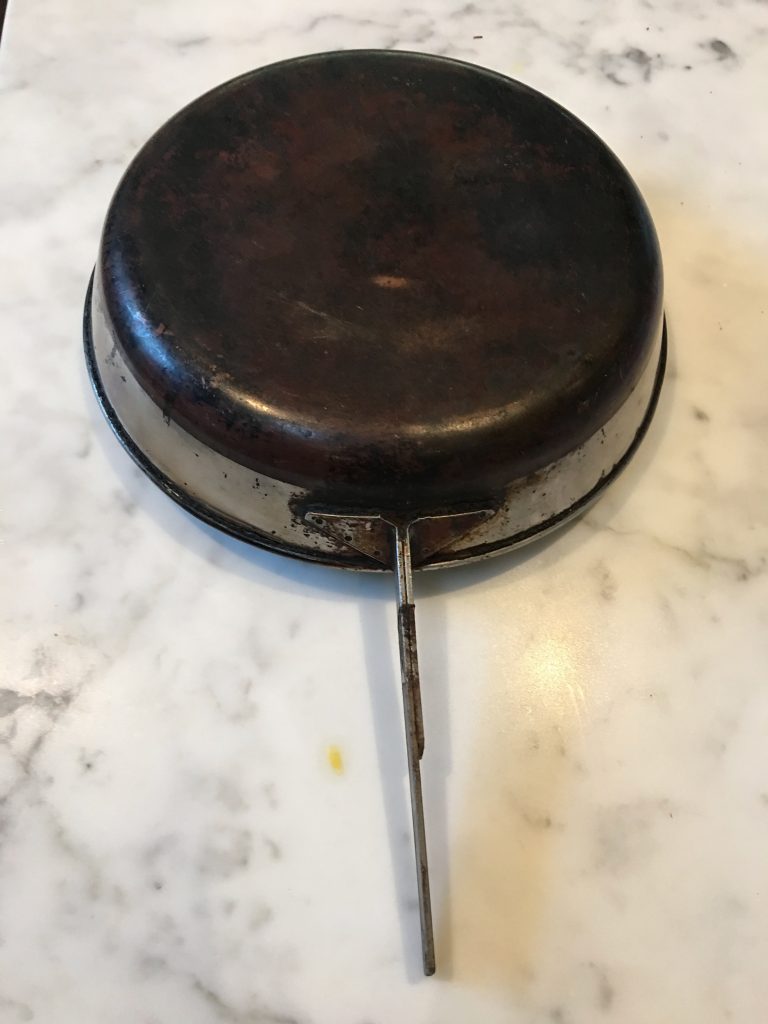
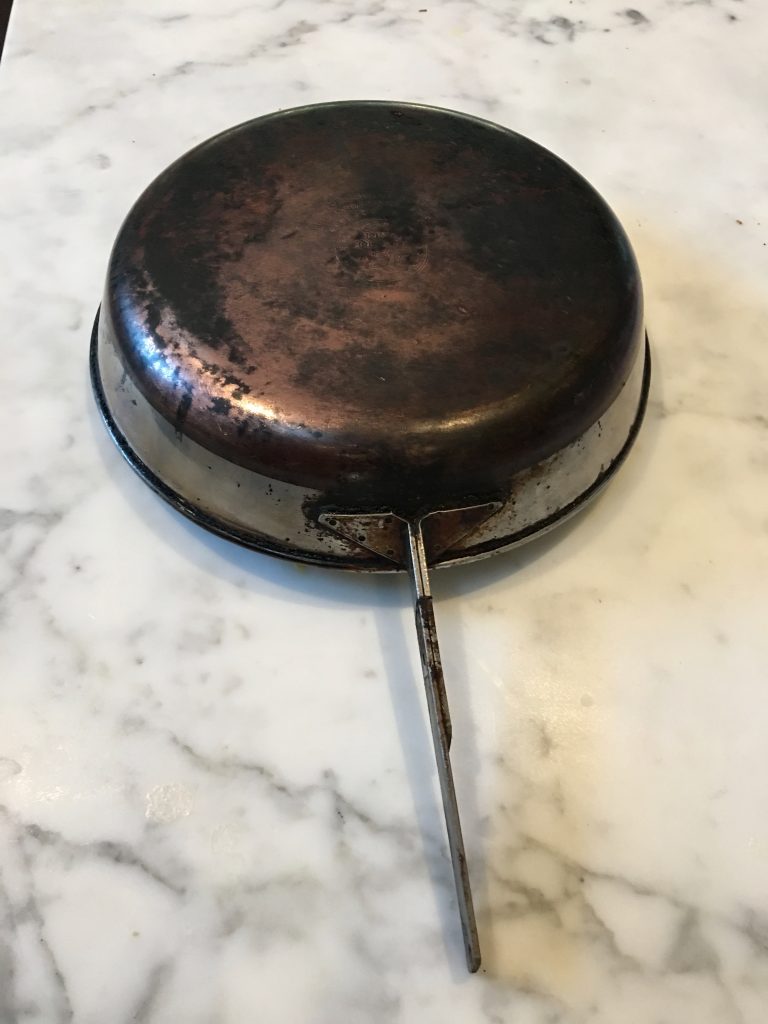
If you are struggling to see much difference, don’t worry, it’s not your eyesight. Making progress with this sponge is pretty difficult.
I also tried the sponge on a the outside stainless part of the pan.


The first picture above shows an untouched area. The second shows an area I scrubbed with the carborundum nano sponge; you can clearly see the swirl marks it created in the stainless steel.
Now, there are two things to consider here. First, these sponge are almost all certainly made cheaply by Chinese companies. For all we know, the material on the outside may not be (and probably isn’t) carborundum. If it is, it probably isn’t “nano”, whatever that means. Second is, does anyone really think that scrubbing a polished surface with the second hardest material know to man WON’T scratch it?
My advice is give these sponges a pass. If you want to get the burned on gunk off the bottom of your pan, try the method outlined in our cleaning guide for better results that won’t scratch your polished stainless finish. Or, try one of the new methods we came across recently for items too big to dunk in a big boiling pot. We’ll get around to trying those ourselves one of these days.

